The choice of materials plays a vital role in every interior design project. Interior designers and architects understand that combining wood, metal, and glass can be the key to transforming a space—but it’s the artful interaction between these elements that truly brings a room to life. This thoughtful mixture of materials is essential for creating spaces with character, depth, and personality. It balances strength with comfort, shine with softness, and lightness with solidity.
Whether the goal is to evoke a sense of warmth through wood, add a touch of elegance with the natural sheen of metal, or enhance brightness with the transparency of glass, the art of material mixing requires a refined sense of balance and attention to detail. Each project becomes a delicate interplay between these materials, where the careful selection of each component can determine the overall success and harmony of the design.
Let’s explore how to combine these three fundamental elements—wood, metal, and glass—to elevate your interior projects. In this article, we’ll examine the unique properties of each material, discuss the importance of texture harmony, and offer practical tips for achieving balanced contrasts.
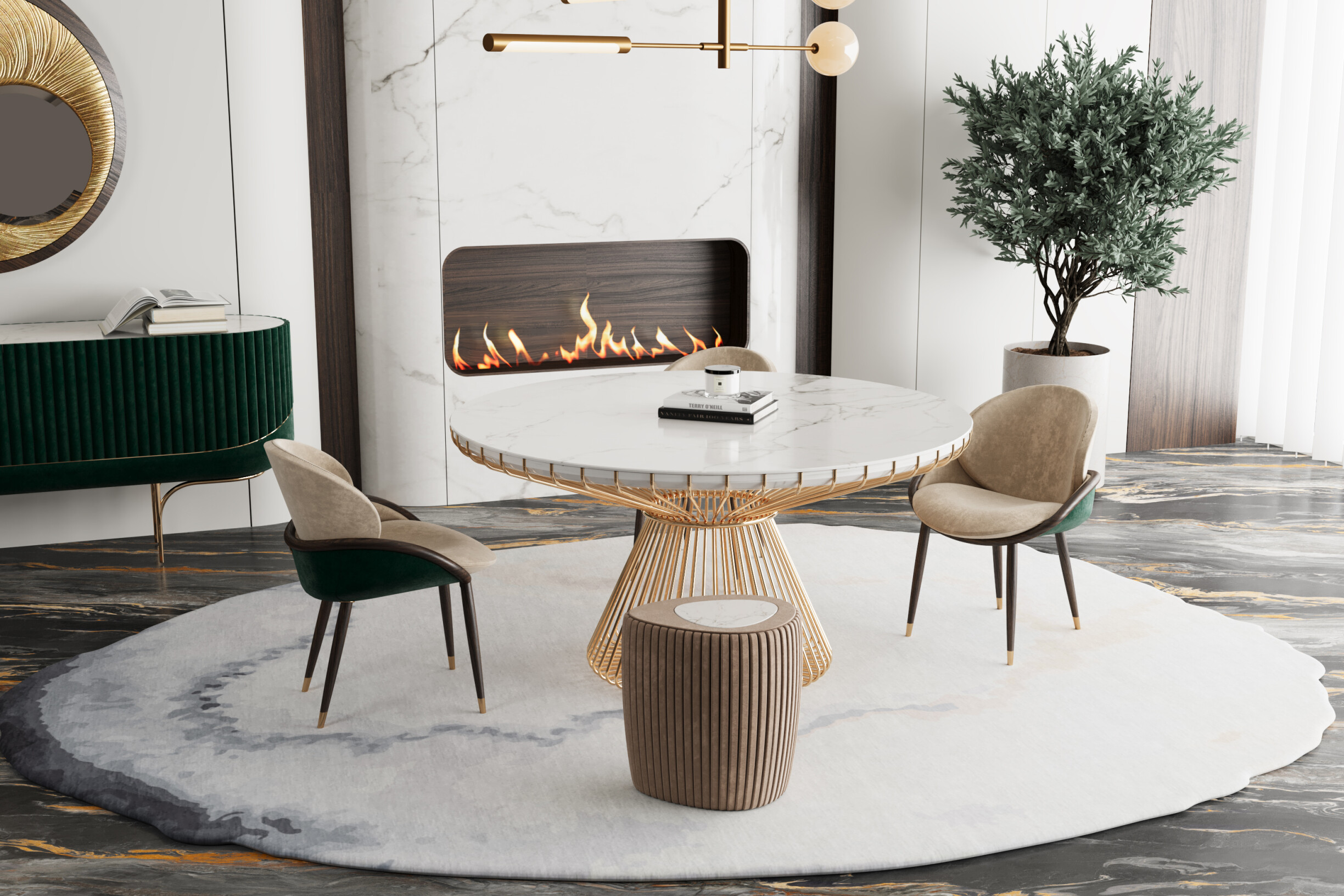
**The Importance of Material Mixing in Modern Design**
In contemporary interior design, mixing materials has become a signature of well-crafted spaces. This approach helps break the monotony of monochromatic environments, adding visual and sensory richness. While in the past, a single dominant material was often used—such as wood in rustic styles or metal in industrial settings—modern design now favors a more balanced integration of textures and finishes.
The combination of wood, metal, and glass responds to the growing demand for functionality, personalization, and aesthetic diversity. Each material offers distinct qualities that, when thoughtfully combined, can adapt to various styles and needs. This technique allows for the creation of flexible, comfortable, and functional spaces that are both beautiful and practical.
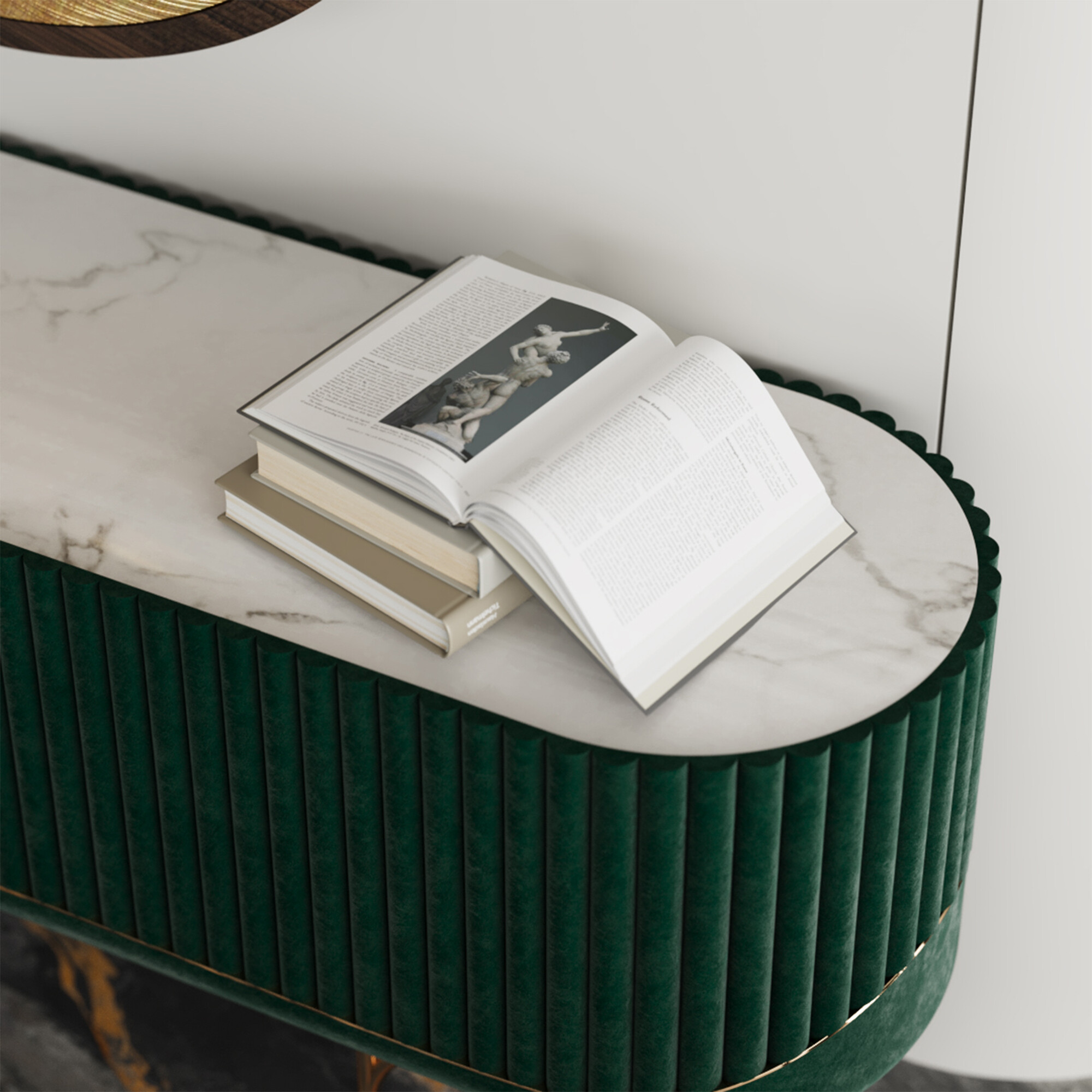
**Balancing Tradition and Modernity**
Wood brings a natural, timeless quality that connects a space with tradition, while metal and glass introduce a more contemporary feel. This blend creates environments that are in tune with current trends yet remain relevant over time. It’s a perfect way to bridge the gap between old and new, offering a fresh perspective without losing warmth or character.
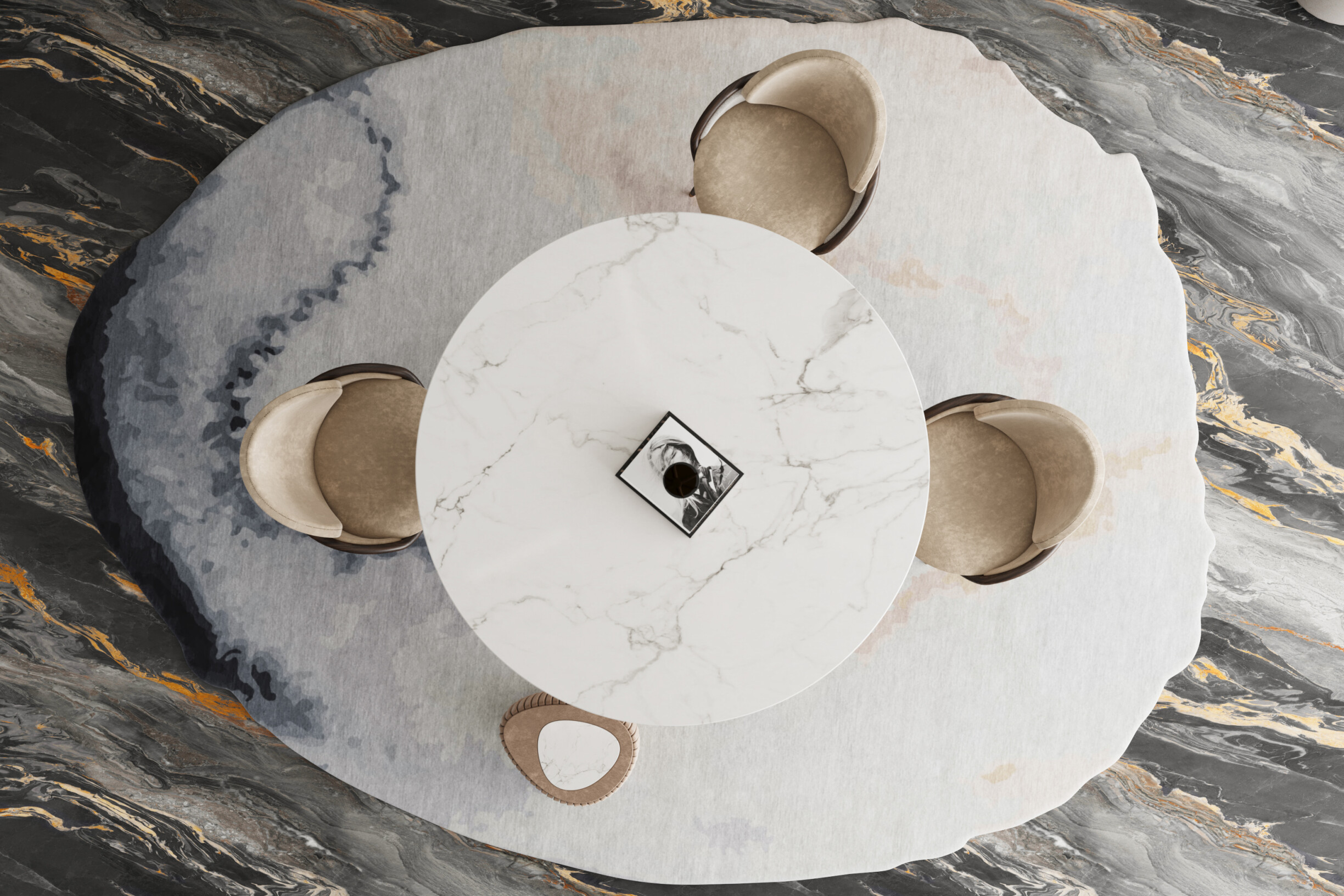
**Versatility and Personalization**
Designers and architects value the freedom that comes from combining metal, wood, and glass. A space can be both sophisticated and welcoming, depending on how these materials are used:
- Metal adds structure and minimalism.
- Glass enhances light and spatial perception.
- Wood brings texture and comfort.
This combination allows for endless creative possibilities, making it ideal for both residential and commercial spaces.
**Sustainability and Material Integration**
Beyond aesthetics and function, mixing materials also aligns with the growing trend of sustainable design. Using certified or recycled wood, reclaimed metals, and repurposed glass not only reduces environmental impact but also gives a project deeper meaning. This focus on sustainability adds character and supports a more ethical and responsible approach to interior design.
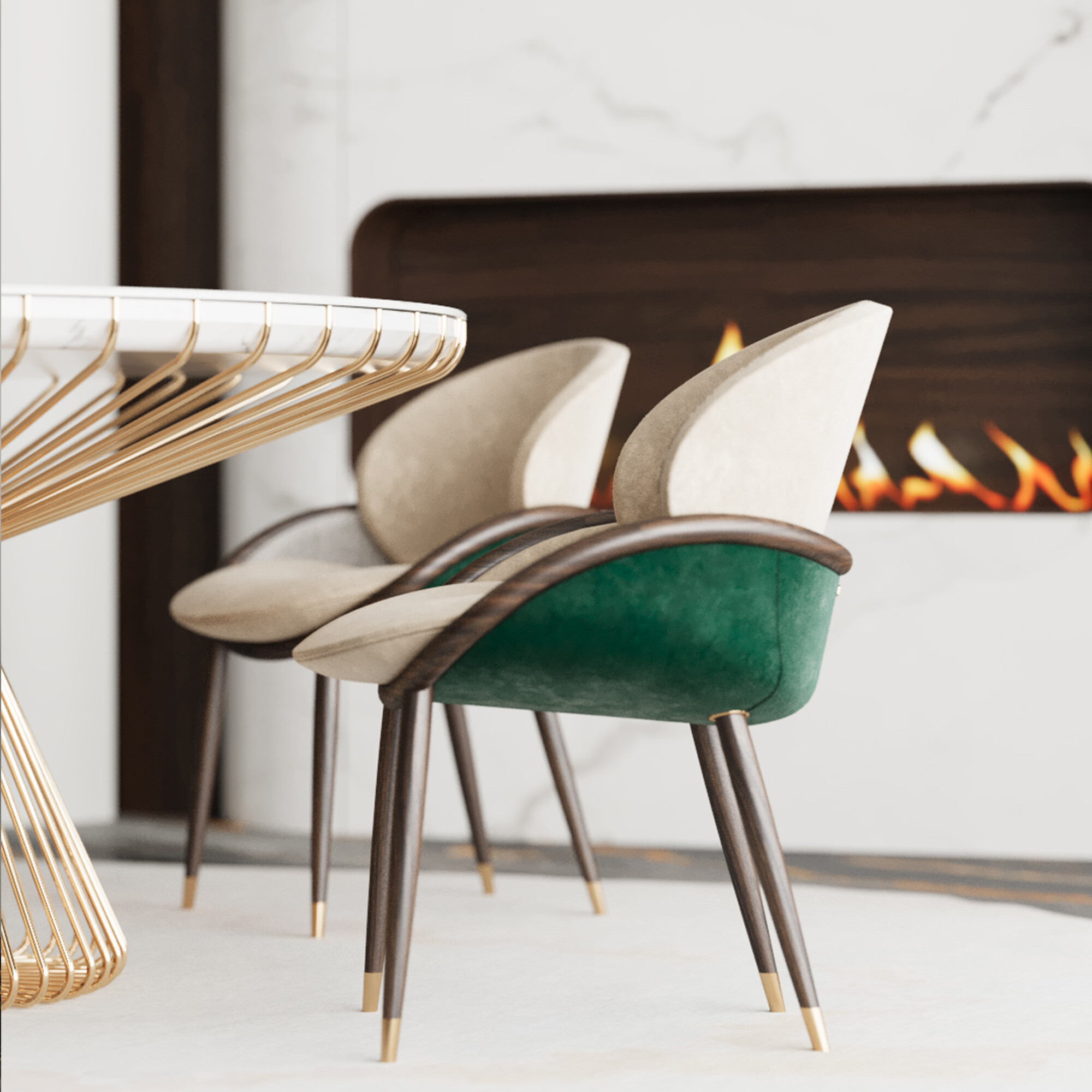
**What Are the Characteristics and Advantages of Wood, Metal, and Glass?**
Choosing the right materials is one of the most important decisions in interior design, influencing the look, feel, and longevity of a space. Understanding the unique traits of wood, metal, and glass can help you make informed choices that result in elegant and functional interiors.
**1. Wood**
Wood is a versatile material available in many species, textures, and finishes. Its natural beauty and ability to be shaped in various ways make it a popular choice in interior design. Each type of wood offers a unique color palette and grain pattern, giving each space its own identity.
**Advantages of wood:**
- Comfort and warmth
- Sustainable when sourced responsibly
- Durable with proper care

**2. Metal**
Metal is a strong and durable material available in finishes like stainless steel, aluminum, brass, and copper. Its surfaces can range from polished to textured, making it a versatile option for both structural and decorative uses.
**Advantages of metal:**
- Adds modernity and elegance
- Highly versatile in application
- Easy to clean and maintain

**3. Glass**
Glass is a material that can bring lightness and openness to a space. Available in different forms—transparent, frosted, or colored—it offers flexibility in design and can enhance the visual appeal of any room.
**Advantages of glass:**
- Creates a sense of spaciousness
- Allows natural light to enter
- Adds a modern and minimalist touch

**Tips for Mixing Wood, Metal, and Glass in Interior Design**
1. **Choose a dominant material**: Start with one primary material to create a cohesive base. For example, use wood for flooring and furniture, then add subtle metal details and glass accents.
2. **Use contrasting textures and finishes**: Mix polished and rough surfaces to add visual interest. A natural wood table with matte black metal chairs can create a balanced look.
3. **Maintain a consistent color palette**: Even with different materials, a unified color scheme ensures harmony. Light wood with neutral tones can give a Scandinavian vibe, while dark wood with gold accents adds sophistication.
4. **Pay attention to visual balance**: Avoid overloading a space with too many materials. If wood is dominant, use glass for tabletops and metal for small decor items to keep the look light and airy.
5. **Adapt materials to the space**: Glass can serve as a light-transmitting partition, metal is great for kitchens, and wood adds warmth to bedrooms and living areas.
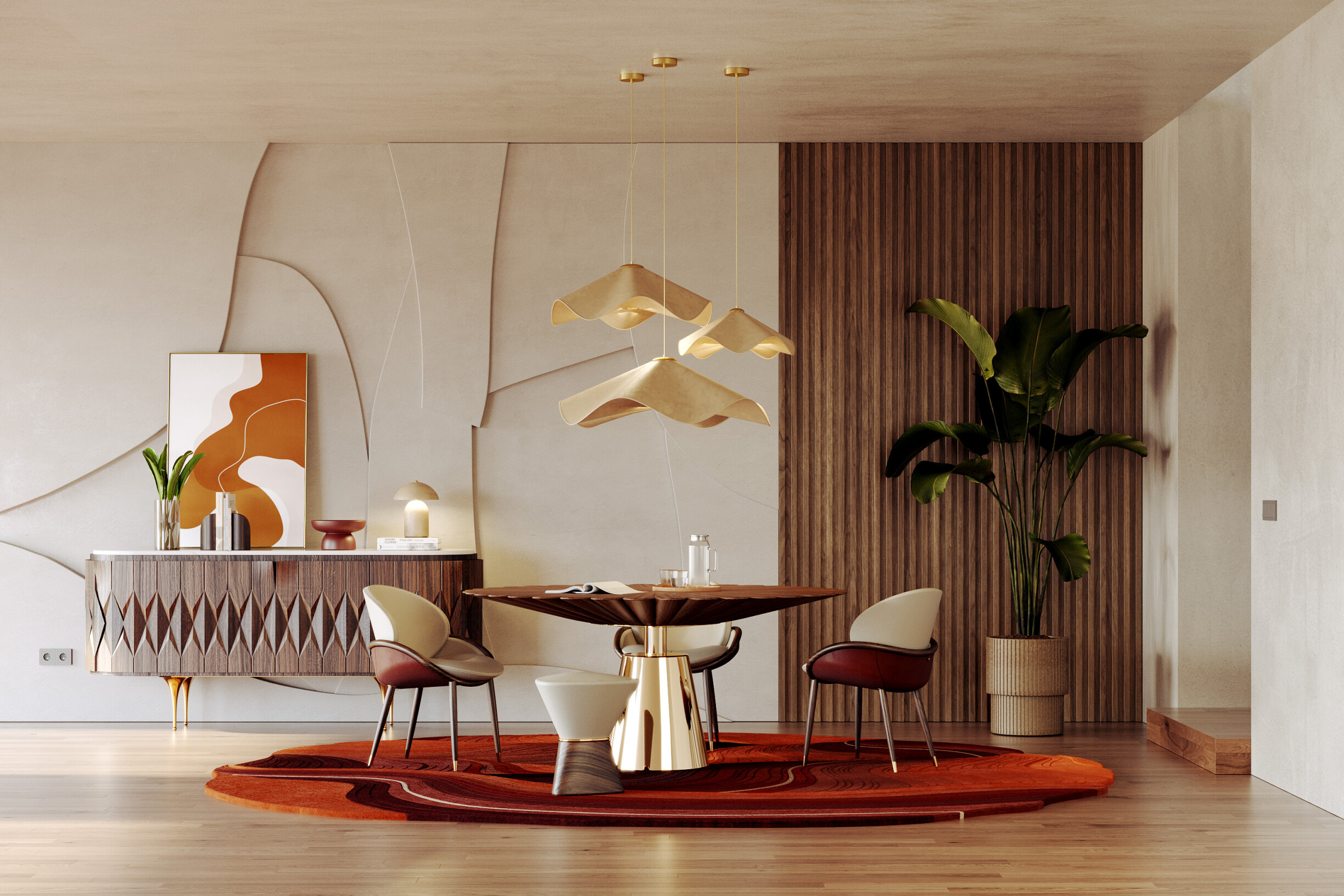
**Harmony in Material Diversity**
A harmonious mix of wood, metal, and glass contributes to a more inviting, attractive, and functional design. By blending their textures and characteristics, a space gains a new dimension and emotional depth.
Whether it's a corporate lobby, a modern living room, or a minimalist retreat, each element should complement the others and tell a cohesive story. Designers who master this language can create spaces that are more than just visually appealing—they become memorable experiences.
Did you enjoy our tips? Stay tuned to our blog for more insights and updates from the world of architecture, interiors, and construction!
You can also follow us on Instagram, Facebook, and Pinterest for the latest news and inspiration.
**KEYWORDS:**
Mix of materials, Contemporary design, Types of wood, Wood in interior design, Metal, Metallics in interior design, Glass in decoration, Interior design, Modern interiors, Decoration tips
Biodegradable Water-soluble Products
degradable Water-soluble non-woven fabric,Biodegradable Water-soluble non-woven bags,Biodegradable environmental protection non-woven bags
Guangzhou Ecobag Packaging Limited , https://www.gdecobag.com